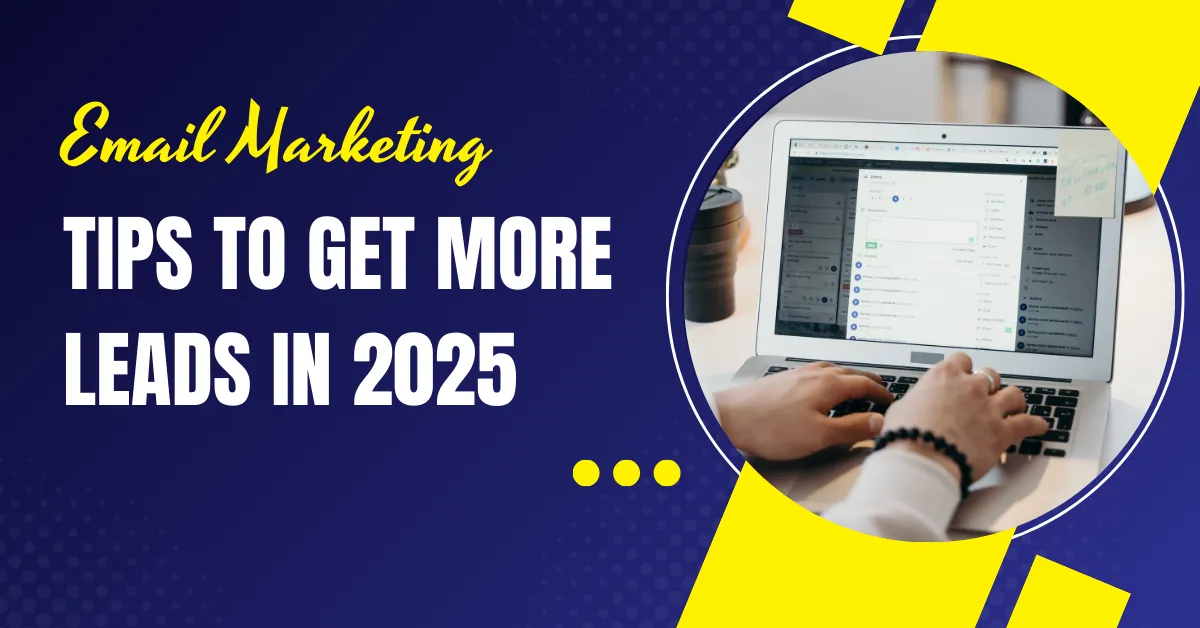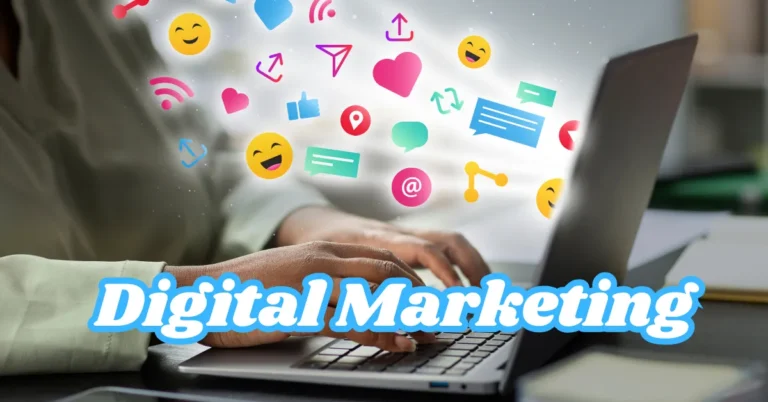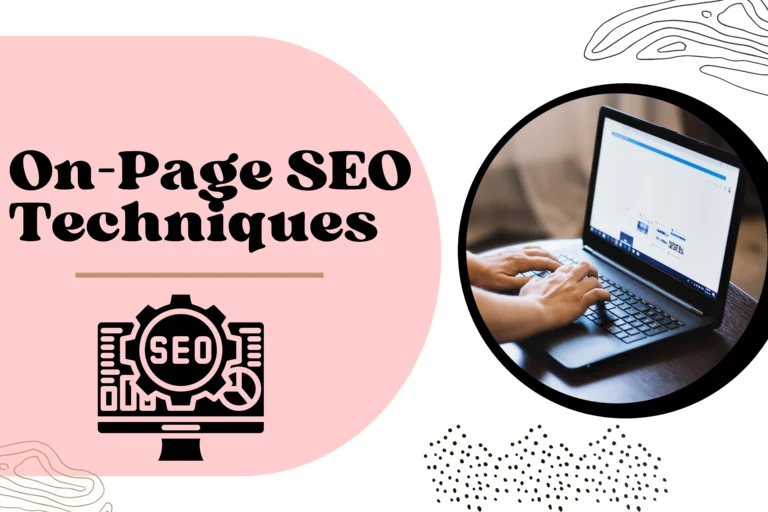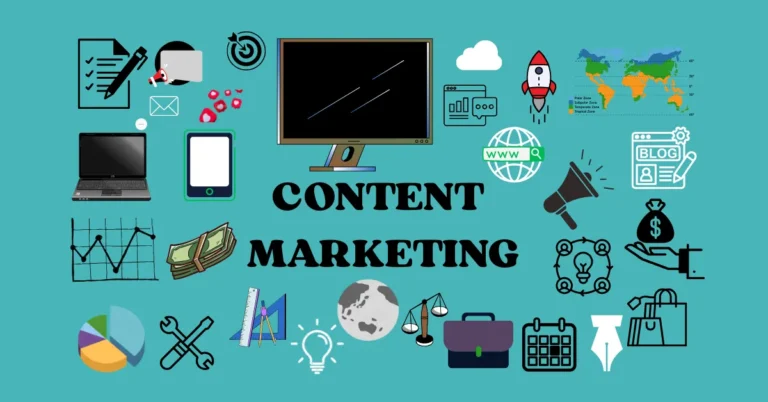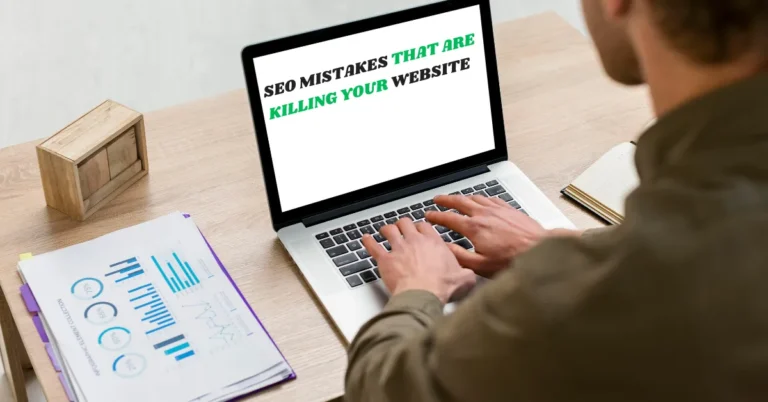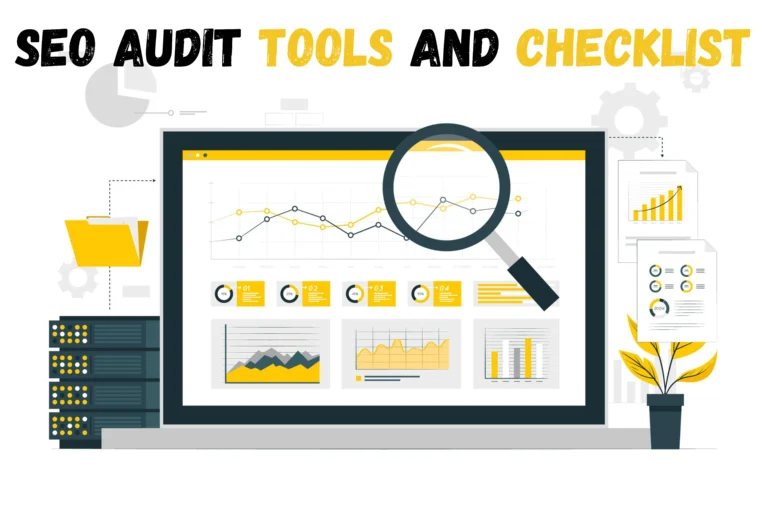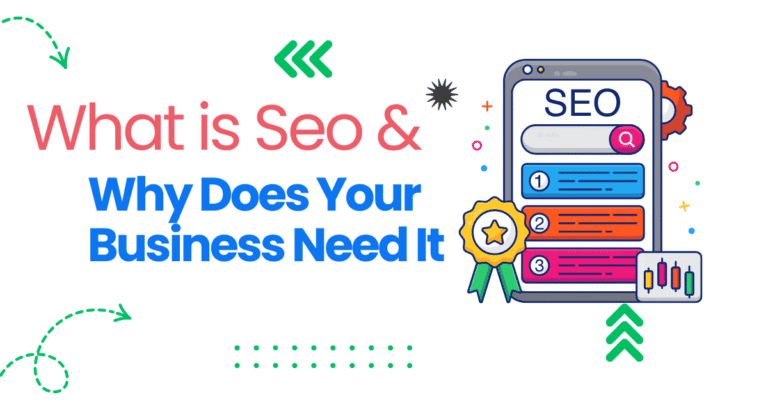- Understand Your Audience Deeply
- Craft Subject Lines That Get Clicked
- Personalize Beyond the First Name
- Provide Real Value, Not Just Promotions
- Use Strong & Clear CTAs
- Automate Smartly With Sequences
- Optimize for Mobile Users
- A/B Test Everything
- Build and Maintain a Quality List
- Add a Lead Magnet That Converts
- Conclusions:
What makes a good subject line for email marketing in 2025? Despite the proliferation of AI equipment, short-form video apps, and ever-evolving social media trends, email marketing remains the most effective channel for generating the best ROI in digital marketing.
According to a 2025 report by HubSpot, email generates a return of $42 for each $1 spent. That’s a 4200% go back—something no other marketing channel consistently promises. Still, many agencies neglect their ability, treating it like an antique-school tactic.
Let’s make it real: A small e-commerce company primarily based in Texas was struggling to convert website visitors into leads. They had consistent visitors but minimum conversions. By imposing a personalized electronic mail collection, optimizing their subject lines, and presenting a simple lead magnet (a “10% Off” coupon), they experienced a 119% increase in leads within just 30 days. No more advertisements. No complicated funnels. Just a smart email strategy.
The truth is, email marketing isn’t worthless; it’s changing. With smarter equipment, automation, and deep personalization, you could construct trust, guide users down your income funnel, and convert cold site visitors into paying clients.
In this article, we’re not just going to give you surface-level tips. 10 proven, high-converting email marketing strategies that can already assist brands in scaling in 2025. From segmenting your list to crafting irresistible CTAs, these strategies are designed to help you get more leads, build unswerving relationships, and develop your revenue without burning your finances.
Let’s dive into strategies that work.
Understand Your Audience Deeply
If you need to generate more leads in 2025, you should know your target audience inside out. Gone are the days when conventional emails were in effect. Today, email segmentation isn’t non-compulsory—it’s critical.
So, what is segmentation? It’s the art of dividing your email list into smaller groups primarily based on precise standards (like attitudes, statistics, or buying history). By doing this, you may send distinctly personalized email campaigns that feel relevant, and that relevance increases conversions.
Here’s the way to create segments using Mailchimp:
- Go to your Audience Dashboard.
- Click on Manage Contacts > Segments.
- Choose situations (e.g., “bought product A,” “opened final three emails”).
- Save the section and start concentrating on it with custom content material.
Need evidence this works? A case examined through Campaign Monitor found that segmented e-mail campaigns have 760% higher sales in comparison to non-segmented ones.
Think about it: Would you respond to a typical e-mail that says “Hey there,” or one that says “Hey John, still interested in going for walking shoes?” The latter always wins.
By genuinely segmenting your listing and talking without delay to your audience’s needs, your email marketing will become smarter, quicker, and far more effective.
Craft Subject Lines That Get Clicked
Your email’s subject line is its first effect, and in 2025, it still covers more topics than most entrepreneurs recognize. According to OptinMonster, forty-seven percent of viewers open an email based on the first line.
So, how do you write conversation lines that work? The answer lies in interest and a dash of FOMO.
Here are a few email subject line tips that increase open rates:
- Spark curiosity: “You won’t consider what you ignored…”
- Add urgency: “Only 12 hours left—don’t pass over this!”
- Use numbers: “Three Secrets to Double Your Leads”
To take a look at your situation traces, try SubjectLine.com, a free device that ranks and improves your lines based on validated marketing data.
Let’s take a real-existence instance. A well-being brand changed its subject line from “Weekly Update” to “Your 7-Day Energy Boost Plan Is Ready.” The result? A 38% increase in CTA.
The punch line? Your problem line isn’t only a headline—it’s a conversion trigger. Put time into it, and your email marketing campaigns will get the attention they deserve.
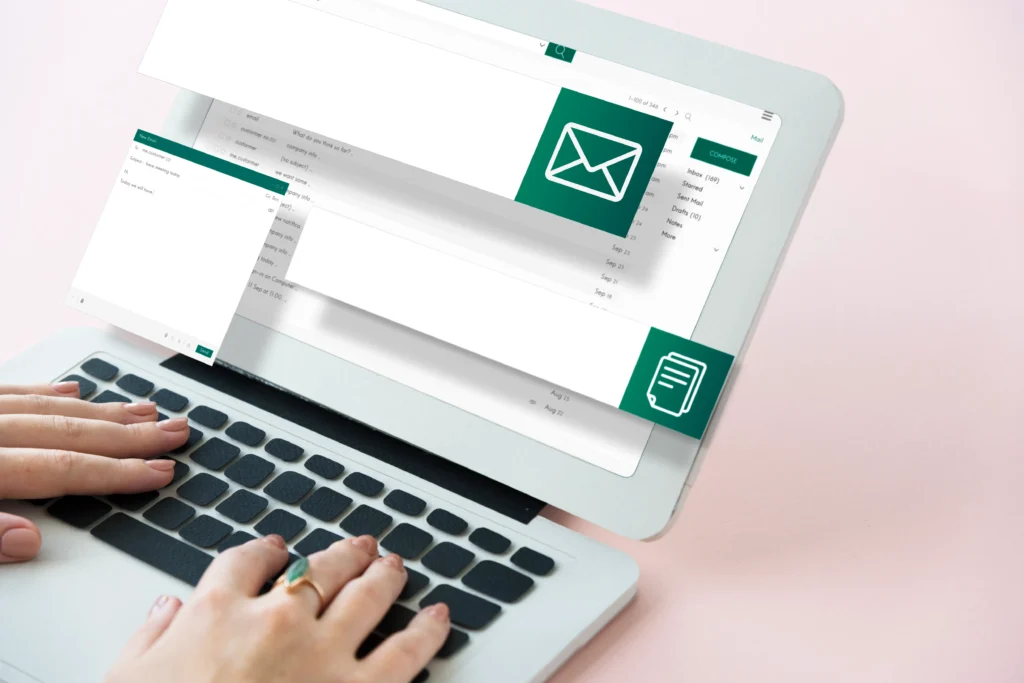
Personalize Beyond the First Name
Email personalization isn’t just about using a person’s first name anymore. In 2025, the most hit campaigns cross deeper, leveraging region, past purchases, and content alternatives to create dynamic email content that simply resonates.
Let’s say you run an online shoe shop. Instead of sending the same provide to absolutely everyone, consider sending “Hey Sara, these new trekking boots are best for your Colorado adventures.” That’s personalization that converts.
Here’s a guide to growing dynamic material using ActiveCampaign:
- Go to your Email Designer in ActiveCampaign.
- Select the content block you want to personalize.
- Click ‘Make Conditional.
- Choose the rule (e.g., location is “Colorado”)
- Add personalized content, and save.
By doing this, you could show one product to runners and a different one to hikers—in the same email.
Why does this painting? Because humans have interaction with content that feels tailored to their interests. According to SmarterHQ, 72% of consumers have the most effective interaction with personalized advertising.
So move past “Hi [FirstName]” and tap into authentic email marketing power through giving your subscribers what they want, when they need it.
Provide Real Value, Not Just Promotions
If every e-mail you send feels like an income pitch, your subscribers will tune out—or worse, unsubscribe. That’s why the golden rule of paid email marketing is the 80/20 principle: 80% cost, 20% publicity.
Instead of constantly pushing products, focus on educational email content that enables your target market. Share helpful pointers, how-to publications, or insider enterprise news that they could use.
For example, a virtual agency in California began sending a weekly email newsletter known as “Monday Marketing Hacks,” filled with actionable SEO pointers and content equipment. Within months, their lead engagement jumped by 45%, and they noticed a 22% boom in demo bookings—without changing their income pitch.
Here are a few value-packed thoughts you can encompass:
- The top five equipment to enhance productivity in 2025
- How to build a touchdown web page that converts
- Latest tendencies in your niche with expert remarks
When readers see consistent value in your emails, they accept as true that you are greater, and that belief leads to conversions.
Want to generate more leads through email advertising and marketing? Start with the education of instructing, not just selling.
Use Strong & Clear CTAs
Even email will fall flat without a clear CTA. Using vague phrases like “Click Here” or “Learn More” confuses readers.
To truly enhance CTAs, your email call to action needs to inform the reader precisely what to do—and what they’ll get.
Here’s a brief assessment:
- Click Here
- Get My Free SEM Audit
- Download Your 7-Day Fitness Plan
See the difference? Strong CTAs are particular and motion-oriented.
Design additionally matters. Keep your CTA buttons:
- Bold and seen (use colorations like blue, green, or orange)
- Placed above the fold and after the price delivery
- Surrounded by a white area for visibility
Want a little inspiration? Good Emails is an exceptional resource that showcases remarkable CTA designs from top brands.
Remember, your reader is busy. If they need to guess what to do subsequently, they won’t do it. So, whether you need them to book a call, download a guide, or take a look at your present-day provider, tell them absolutely and expectantly.
Automate Smartly With Sequences
If you’re still sending manual emails to every subscriber, you’re wasting time and destroying leads. With the power of email automation for leads, you can engage your people at the correct moment without lifting a finger.
An email sequence is a series of pre-written emails automatically sent based on user actions, such as signing up, abandoning a cart, or downloading a freebie.
Here are 3 common automation use cases:
- Welcome Series: Introduce your brand and build trust.
- Abandoned Cart Emails: Bring back hesitant buyers.
- Lead Nurture Sequence: Educate prospects over time before pitching.
Let’s create a welcome email sequence in ConvertKit:
- Go to Automations > Sequences.
- Click “Create Sequence” and name it.
- Add 3–5 emails spaced 1–2 days apart.
- Include helpful info, a story, and a soft CTA.
- Link it to your signup form under Automations > Visual Automation.
Brands that use smart email sequences report more consistent engagement and higher conversions because timely, relevant communication builds trust.
Don’t wait until people forget you. Let automation do the follow-up for you.
Optimize for Mobile Users
Over 60% of emails at the moment are opened on phones, in keeping with Litmus. So if your email is messy on a cellphone, it’s headed immediately to the trash.
To make sure your cellphone-friendly emails stand out:
- Use brief paragraphs.
- Add large, tappable buttons for CTAs.
- Avoid litter with clear spacing and minimal layout.
- Use responsive email layout equipment or templates.
Before sending, continually test your design using equipment like Litmus to preview how your email appears on a device.
People check emails whilst commuting or waiting in line. If your content material isn’t always smooth to read on the go, you are losing leads. Optimizing for phones is no longer an alternative—it’s a need.
A/B Test Everything
One of the most underrated methods in email marketing campaign optimization is constant A/B testing. Even small tweaks—like a phrase to your issue line or the color of a button—can dramatically enhance performance.
What have you taken a look at? Start with:
- Subject strains: Curiosity vs. Urgency
- Call-to-moves (CTAs): “Get My Free Guide” vs. “Download Now”
- Email layouts: Text-handiest vs. Image-heavy
- Send instances: morning vs. night, weekdays vs. weekends.
Using platforms like Mailchimp or MailerLite, you could easily install exams and see real-time effects.
Here’s a briefcase: A tech logo ran an email A/B test. Take a look at their difficulty line—Option A: “Weekly Update” vs. Option B: “See What’s New This Week.” Open rates jumped from 20% to 35% with the more enticing 2nd version.
The lesson? Guessing hurts performance. Testing drives consequences.
Make it an addiction to test one variable at a time, learn what works, and apply it to Destiny campaigns. This information-backed approach will quality-track your messaging and consistently improve your email ROI.
Build and Maintain a Quality List
Your achievement in e-mail advertising doesn’t just depend on what you send—it depends on who you send it to. That’s why electronic mail list construction ought to be carried out the right way.
First rule? Never buy email lists. Purchased lists harm your sender recognition and growth and substantially decrease deliverability. Instead, focus attention on developing organic leads who want to pay attention to you.
Here’s a way to construct a healthful listing:
- Use lead magnets like free courses, checklists, or reductions.
- Add signup bureaucracy for your website, blog, and touchdown pages.
- Run focused campaigns on social media that drive opt-ins.
But constructing is the best part of the activity. To keep an email list, you need to:
- Regularly put off inactive customers.
- Use re-engagement emails earlier than purging.
- Monitor soaring prices and junk mail flags.
Tools like Mailchimp or Sendinblue make it easy to phase and smooth your list with automation.
Remember: A small, engaged listing outperforms a huge, cold one. Quality beats quantity.
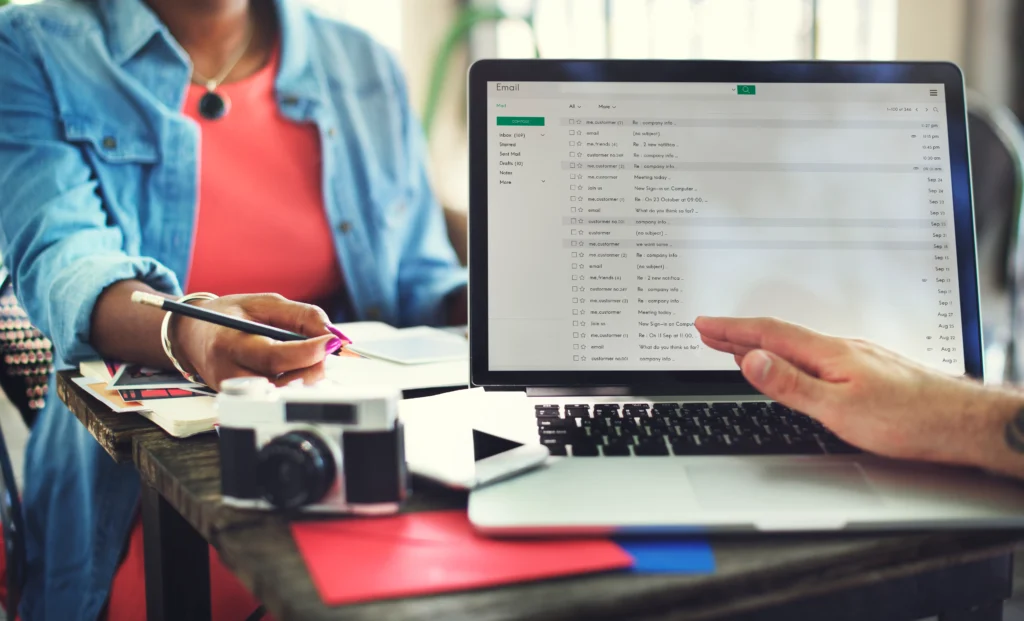
Add a Lead Magnet That Converts
No e-mail strategy is complete without a high-converting lead magnet. It’s the “ethical bribe” that encourages human beings to join your listing in exchange for something valuable.
A lead magnet is a free resource you provide your target audience (like an eBook, checklist, webinar, cut price, or mini-course) that solves an actual hassle or offers a short cost.
But here’s the secret: For a lead magnet to work, it has to directly deal with your target audience’s pain point. For example, if your target audience struggles with SEM, a customary “Marketing Tips” PDF won’t do a lot. But a free download titled “10 SEO Mistakes Killing Your Traffic” is way more attractive.
Here’s a short anecdote: A small SaaS startup provided a simple “5-Step Productivity Checklist” on their homepage. Within simply two weeks, their email opt-in rate multiplied by 70%—without converting their site visitors’ resources.
To get started, attempt tools like Canva to design eBooks or checklists, or use Thrive Leads to create beautiful opt-in forms.
When your lead magnet aligns with your audience’s wishes, they’ll thankfully share their email address for it—and that’s the start of an email relationship.
Conclusions:
So far, you have noticed that in 2025, successful email marketing is not about sending more—it is about sending smart.
Receive 10 proven email marketing tips to get more leads quickly:
- Learn your audience and fragment your list for relevance.
- Write subject lines that click using curiosity and urgency.
- Personalize your email based on real data, not only the name.
- Distribute price-driven materials, not just continuous publicity.
- Use a strong, profit-focused CTA to run action.
- Automate the email to save time and continuously.
- Design for mobiles for easy reading on any device.
- A/B tests to promote engagement and conversion.
- Build and maintain a clean email list—never buy one.
- Offer a highly-permed lead magnet to develop your list with a qualified lead.
Now the challenge here is to choose a tip and apply it today. Whether he is writing a better subject line, cleaning his list, or establishing a welcome chain, you will see a difference. Small tasks lead to large results.
Do not let your list cool—make it work for you in 2025.

